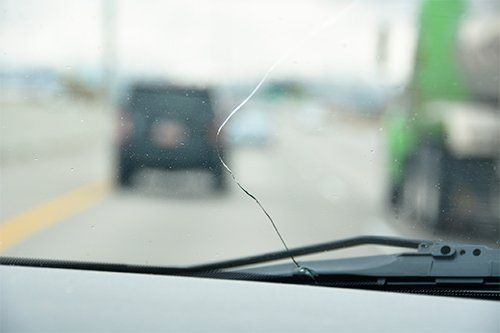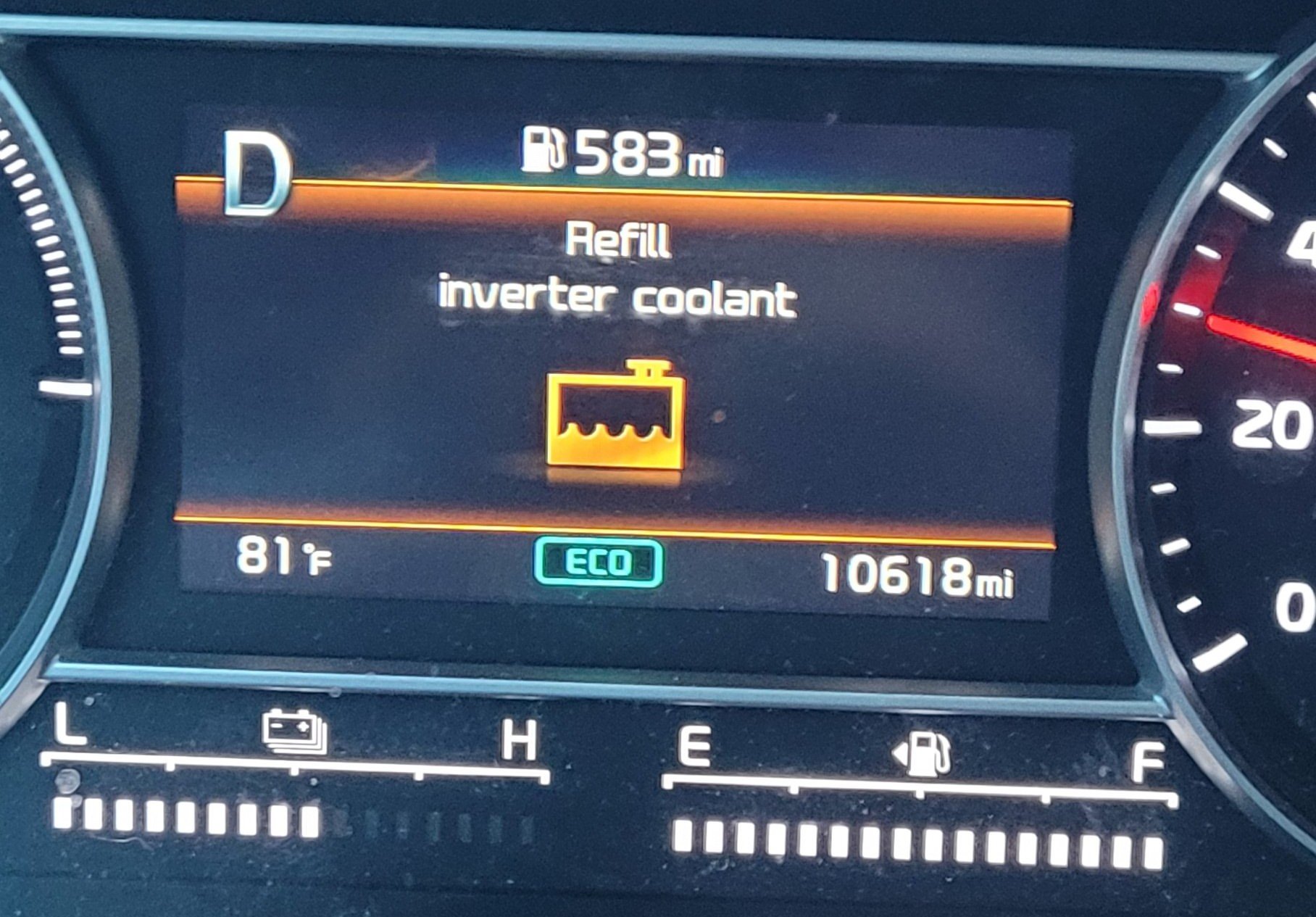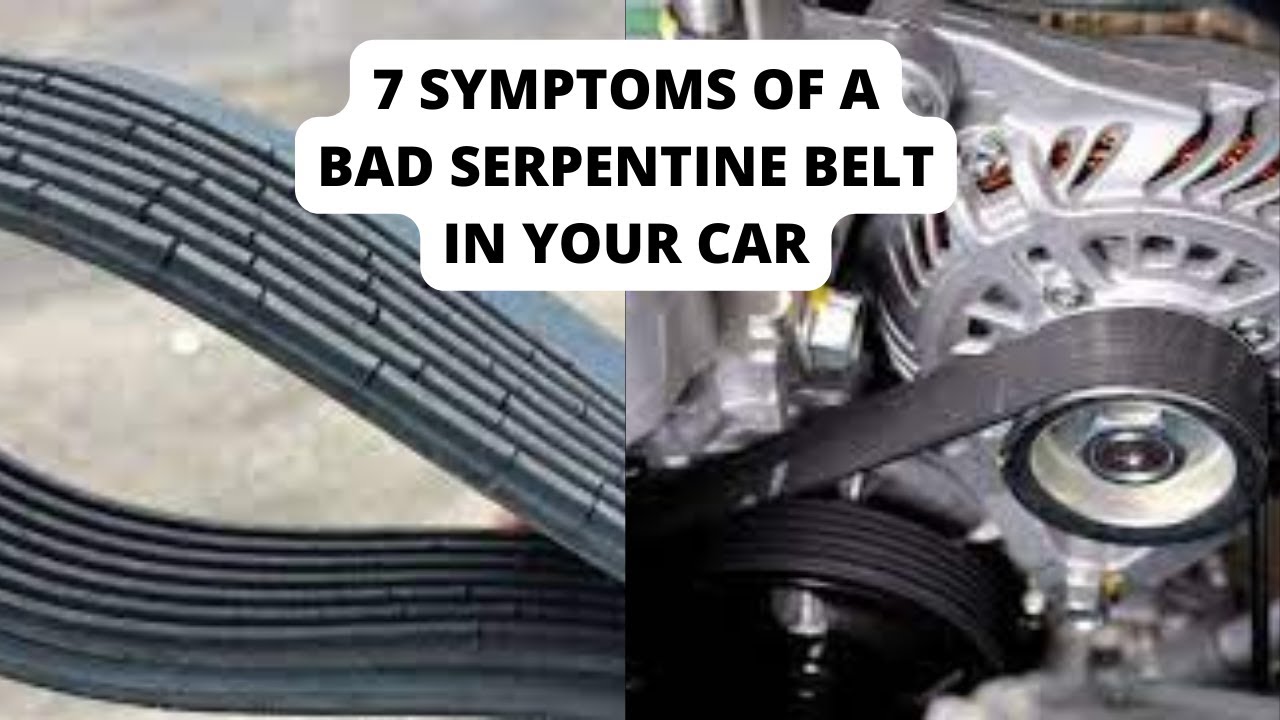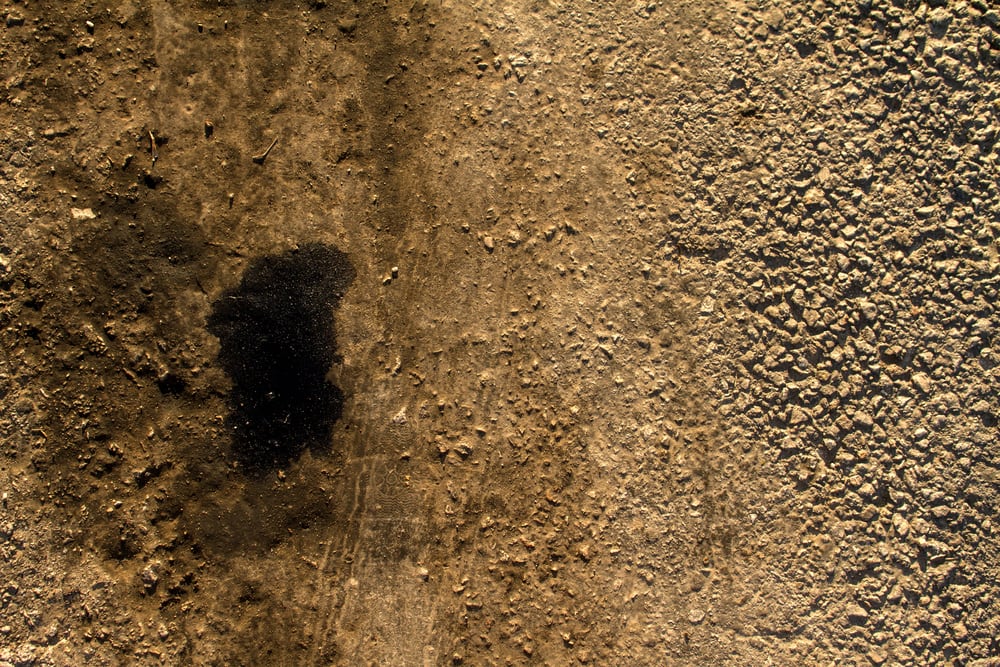Types of Windshield Cracks And Causes
Types of windshield cracks include bullseye, star break, combination, stress, and edge cracks. Causes range from impact and pressure changes to temperature variations and structural weakness.
Windshield cracks can compromise the structural integrity of your vehicle, making prompt identification and repair critical. Common types of windshield cracks are easily recognizable. For instance, a bullseye crack appears circular, much like a dartboard, usually the result of a flying pebble.
A star break, characterized by a central impact point with radiating lines, and combination cracks, which are a mix of various crack types, are also commonly caused by debris impact. Pressure cracks may develop from significant fluctuations in environmental pressure or exposure to extreme heat or cold, indicating a potential defect in the windshield or substandard installation. Edge cracks start within 2 inches of the windshield edge, often stemming from improper installation or temperature stress. Understanding these types enables vehicle owners to seek timely windshield repair, maintaining safety and visibility.
Introduction To Windshield Cracks
Your car’s windshield is more than a piece of glass. It’s a key component in your safety and your car’s integrity. Cracks can appear small but might compromise your view and safety. Understanding different types of windshield cracks and their causes is crucial for timely repairs.
Significance Of Windshield Integrity
The windshield is vital for vehicle structure and passenger protection. It supports the roof, aids in airbag function, and shields occupants during a collision. A compromised windshield can lead to severe structural weaknesses and increased risk in accidents. Regular inspections help maintain safety and durability.
Common Myths About Windshield Damage
- A tiny chip won’t spread into a crack.
- Windshield cracks don’t affect vehicle safety.
- All windshield damage requires a full replacement.
Myths about windshield damage often lead to delayed repairs. All types of cracks can worsen over time, endangering safety and leading to costlier fixes. Prompt attention to even the smallest chips can save both money and lives.
Classifying Windshield Cracks
Windshield damage is not just a visual hindrance but a safety issue. Classifying the type of crack can be the first step in understanding the types of repair needed. Different cracks can have diverse causes and may affect the structural integrity of the windshield in unique ways. Here, we delve into the common types of windshield cracks and what usually causes them.
Bull’s Eye Cracks
Bull’s Eye cracks resemble the target of a dart game. They are caused by objects of a rounded shape striking the glass. This impact typically results in a circular crack with a central impact point. The size and repairability depend on the diameter and depth of the damage.
- Common causes: Falling acorns, small rocks from other vehicles, or hail.
Star Breaks
Star Breaks show up as a series of short cracks emanating from a central point, resembling a starburst. Their intricate pattern can make them challenging to repair, potentially leading to the need for full windshield replacement.
- Usual causes: Small pebbles or debris at high speeds, or drastic temperature changes.
Combination Breaks
Combination breaks feature a mix of different crack types, such as both Bull’s Eye and Star Breaks. They often involve more extensive damage that impairs the windshield significantly, requiring expert assessment for repair.
- Typical causes: Large rock impacts or heavy objects.
Stress Crack Origins
Windshield stress cracks can appear without a direct impact or accident. These cracks often originate from the edges of the windshield and can grow quickly. Understanding the common causes, such as temperature variations and pressure changes, can help you identify and deal with stress cracks more effectively.
Temperature Variations
Extreme temperature shifts are a windshield’s enemy. When the temperature changes rapidly, different parts of the glass expand and contract at different rates. This uneven reaction can lead to a stress crack.
- Direct sunlight: Intense sun heat can cause the outer layer to expand.
- Cold weather: Cold temps make the glass contract, especially on the edges.
- Using heaters or defrosters: Quick heating of a cold windshield can stress the glass.
Pressure Changes
Alterations in the air pressure around your windshield can also lead to stress cracks.
- Sudden gusts of wind: Strong winds can exert uneven pressure, particularly if your car is moving.
- Heavy objects on the windshield: Weight can cause distortion and lead to cracks.
- Improper installation: If a windshield isn’t installed evenly, stress points can develop over time.
Prevent stress cracks by parking in the shade, using a windshield cover, and avoiding slamming your car doors.

Credit: elmersautobody.com
Impact-related Fractures
Windshields stand on the frontline, shielding us as we drive. Yet, they often face impact-related fractures. These cracks are born from sudden, direct forces. Their shapes and sizes reveal the story behind the impact. Let’s explore common kinds and causes of these fractures.
Road Debris And Stones
Road debris and stones lead the charge in causing windshield damage. Vehicles in front can kick up pebbles that smack against the glass. The result — a range of chip and crack types:
- Bullseye: Circular, resembling a dartboard.
- Star break: Short cracks spreading outward.
- Partial bullseye: Half-moon shape.
Even small fragments can inflict serious cracks. It all depends on speed and angle of impact. A stone tossed at highway speeds can etch a chip deep into the glass.
Vehicular Collisions
Collision forces cause significant cracks. The windshield often survives, but with webbed fractures that compromise visibility and safety. These cracks may require complete replacement. Understanding their pattern helps assess the damage:
| Type of Fracture | Description |
|---|---|
| Stress crack | Forms without impact, due to extreme temperature change or bending from a collision. |
| Edge crack | Starts within two inches of the edge, can quickly run to the other side. |
| Floater crack | Begins in the center and spreads out. Mostly long and branching. |
Every accident is different. The severity and angle of impact plus the windshield’s condition dictate the type of fracture. Post-collision assessment by professionals is key for safe driving ahead.
Contributing Factors And Prevention
Windshield cracks can appear out of nowhere, but several factors contribute to their creation and spread. Understanding these can help drivers prevent damage and ensure safety. This section explores habits, maintenance, and glass quality, alongside their roles in windshield integrity.
Driving And Parking Habits
Consistent driving and parking habits can significantly impact windshield life. Below are the key elements to consider:
- Avoid gravel roads: Loose stones can fly up and strike the windshield, causing chips and cracks.
- Keep distance: Maintain a safe distance from vehicles, especially on highways. Trucks can kick up debris, leading to impacts.
- Park smart: Choose shaded areas to prevent temperature stress on your windshield glass.
- Exit carefully: Slamming doors can create vibrations, leading to crack expansion.
Maintenance Tips
Proper maintenance can extend a windshield’s lifespan. Here’s how you can care for your windshield effectively:
- Regular inspections: Look for minor chips or cracks regularly.
- Prompt repairs: Address damage quickly to prevent growth.
- Clean carefully: Use non-abrasive cleaners and soft cloths.
- Replace wiper blades: Worn blades can scratch the glass surface.
Quality Of Windshield Glass
The quality of your windshield glass matters immensely.
Inferior glass can succumb to damage easily, while higher quality glass withstands impacts better. When replacing, opt for trusted manufacturers or OEM glass to ensure resilience against common threats.

Credit: www.krygerglass.com
Evaluating Repair And Replacement
Knowing the difference between when to repair or replace a windshield ensures safety and saves money. A windshield can sustain various types of cracks due to a range of causes. A minor crack might need a quick fix, but a larger break means a full replacement. It’s essential to understand each scenario.
Repair Techniques For Minor Cracks
Small cracks on a windshield, often caused by flying debris or temperature changes, might not require a full replacement. Quick and cost-effective repair options can restore the glass integrity.
- Resin injection: A clear, curable resin fills the crack, then hardens under ultraviolet light.
- Drilling: At crack ends to prevent spreading. Resin fills the drilled holes.
- Polishing: To remove rough spots post-repair, ensuring a smooth surface.
When To Opt For Windshield Replacement
Sometimes a crack renders a windshield beyond safe repair. Signs you need a full replacement include:
| Crack Type | Replacement Indicator |
|---|---|
| Length: | Longer than 6 inches |
| Width: | Wider than a credit card |
| Location: | Edge of the windshield or in the driver’s line of sight |
| Depth: | Through both layers of glass |
If you notice any of these, consult with a professional for a safe windshield replacement.

Credit: delawareautoglass.com
Frequently Asked Questions For Types Of Windshield Cracks And Causes
What Causes Windshield Cracks To Spread?
Temperature fluctuations can cause existing windshield cracks to spread. When it’s hot, the glass expands. In cold conditions, the glass contracts. This constant movement can cause cracks to grow larger over time.
Can Driving Worsen A Windshield Crack?
Yes, driving can worsen a windshield crack. Bumps, potholes, and vibrations from the road can exert additional pressure on the glass. This stress can further extend the crack or even cause new ones to form.
Are All Windshield Cracks The Same?
No, windshield cracks vary in type and size. Common varieties include chip, star breaks, bulls-eye, and combination cracks. Each type has a distinct pattern and may impact the windshield’s integrity differently.
How Quickly Should A Windshield Crack Be Repaired?
A windshield crack should be repaired as soon as possible. Delaying repair can lead to the crack enlarging and reducing the driver’s visibility. Quick repair also prevents the need for a full windshield replacement.
Conclusion
Understanding the various types of windshield cracks is crucial for vehicle safety and maintenance. From stress cracks to bull’s-eye breaks, each has its unique cause – be it temperature fluctuations, road debris, or accidents. Remember to address any windshield damage promptly to prevent further issues and ensure a clear, safe view of the road ahead.
Stay vigilant, and drive safe!





